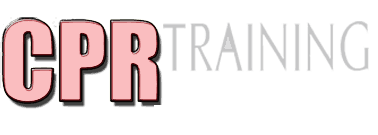Many environmental experts agree that the intensity and frequency of natural calamities and disasters are increasing every year. Just this few weeks, we have seen how the howling winter winds have caused trouble to the people living in the west coast, tornadoes in the Midwest and flooding in the south. No matter where you live, no one is immune from the wrath of nature. So, it is best to be always prepared for disasters. Regardless of the type of disaster or event, these three basic tips will help you cope well.
Gather and store emergency supplies
Natural calamities can be very disruptive. They can totally cut off the grid, with no electricity, telephone, internet and even basic necessities, such as clean water and food. Always be prepared, gather the basic supplies and store them in an accessible place in your home – but not so very accessible that you can get tempted to use and deplete your stocks. You can store it in a closet that is used very infrequently or in a section of the basement.

Your disaster supply should include:
- Bottled water (at least for three-day supply)
- Cash
- Cell phone and contact information/emergency numbers
- Extra clothing and underwear
- Important documents kept in waterproof container (birth certificate, passport, bank records, insurance, driver’s license, etc.)
- First aid kit
- Dust mask
- Medical supplies
- Non-perishable food items
- Pet supplies
- Radio
- Extra blankets or sleeping bags
- Plastic sheeting, scissors and duct tape
- Toiletries
- Trash bags
Create a portable supply kit
If the situation requires or local authority instructs you to evacuate your home, you will need to have a portable supply kit ready for pick up. You can try to fit all your emergency supplies in a large cooler or rolling trash-can with lid. You can also use waterproof boxes to store your items. All your supplies may not fit in your container, so prioritize the basic necessities, such as water, foods, medications and first aid supplies.
Develop an emergency plan
A good emergency plan can help prevent unwanted injuries and losses due to natural calamities. It prepares you in handling emergency situations thus you can act calmly and think clearly when the actual event happens. Here are some tips on how you can develop your emergency plan.
- Know about the potential natural disasters that can affect your immediate area.
- Identify nearest evacuation routes and shelters in your neighbourhood.
- Decide a meeting place for all household members if you are separated in an emergency. Have a backup location in case the first option is not accessible.
- Inform everyone where to locate first aid supplies and how to use its contents.
- Designate a contact person in case of emergency.
- Learn first aid by completing a first aid course.
Finally, it is important to practice the emergency plan regularly. This will help build your confidence in handling natural disasters and also allow you to fine tune your emergency plan.
Learn More
To learn more about being prepared for environmental disaster and emergency training enrol in a St Mark James course (sign up here) with a credible provider.
